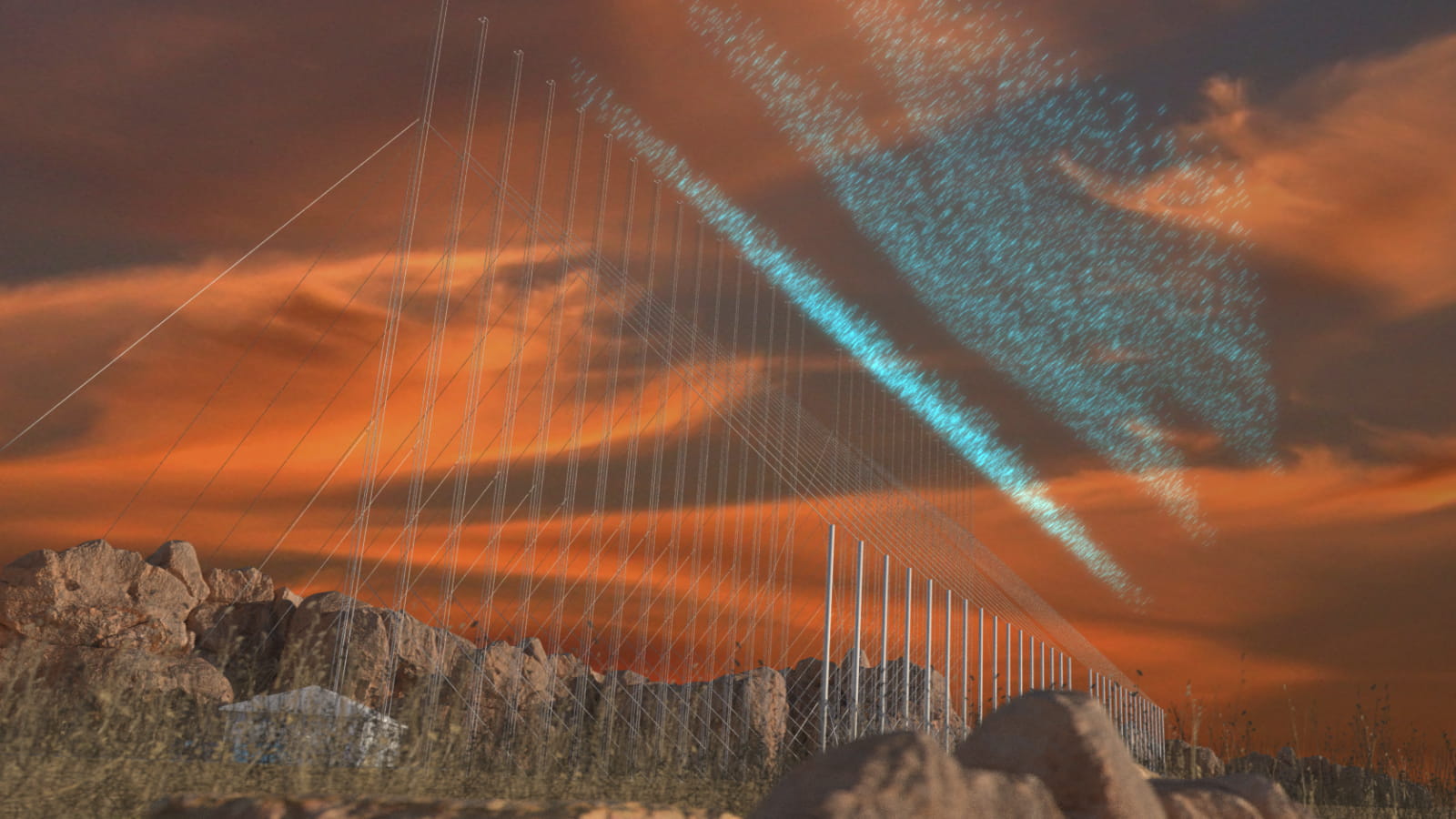Well ever heard of over-the-horizon radar? With new algorithms, AI, and Supercomputer processing, The fidelity of OH radar improves considerably. Then you can add satellite or high-altitude HALE to confirm it

www.sbir.gov
Over-the-Horizon radar (OTHR) uses ionospheric reflection to propagate HF transmissions to long range (~ 500 to 5000 km). The ionosphere is a dynamic “mirror” that varies diurnally, seasonally, and with the solar cycle. Geolocation of targets observed by OTHR, (Coordinate Registration; CR), requires accurate real-time ionospheric modeling and HF propagation calculations to convert radar-measured target signal delays and beam steers to geographical position.
Our team at NWRA is the developer of what is arguably the most sophisticated CR capability currently in existence, CREDO (Coordinate Registration Enhancement by Dynamic Optimization). CREDO uses OTHR vertical and oblique backscatter soundings to model the ionosphere by applying Tikhonov’s methodology for solving ill-posed problems (extended to multidimensional nonlinear inverse problems and optimized for fast numerical solution). This produces the smoothest ionosphere that agrees with input data within measurement error. More recently we developed a Tikhonov-based ionospheric data assimilation capability called GPSII (GPS Ionospheric Inversion; pronounced “gypsy”). GPSII is capable of ingesting data from GPS and LEO satellite beacons, in situ electron density (e.g., DMSP or CHAMP satellites), JASON altimeter, DORIS, and vertical incidence sounders. We propose to merge the CREDO and GPSII capabilities into a state-of-the-art OTHR CR capability and demonstrate resulting metric accuracy improvement. BENEFIT: The incorporation of additional ionospheric data beyond conventional OTHR vertical and oblique backscatter soundings is expected to improve the fidelity of real-time ionosphere models, resulting in improved OTHR Coordinate Registration metric accuracy. The Next Generation OTH Radar (NGOTHR) is expected to have the additional benefit of elevation information in its backscatter soundings, and this can be incorporated in our solution method for additional fidelity. Furthermore, because GPSII uses a non-radar-centric coordinate system, a single self-consistent ionosphere model can be developed for multiple OTH radars in the same region. This will result in consistent CR of targets in overlapping coverage areas and ensure smooth track continuity as targets move from one radar’s coverage to another. Improved CR metric accuracy will enhance the applicability of OTHR as a wide area surveillance asset for Air Force and Homeland Security applications with dramatic cost savings over alternative microwave radar solutions.



www.csis.org


